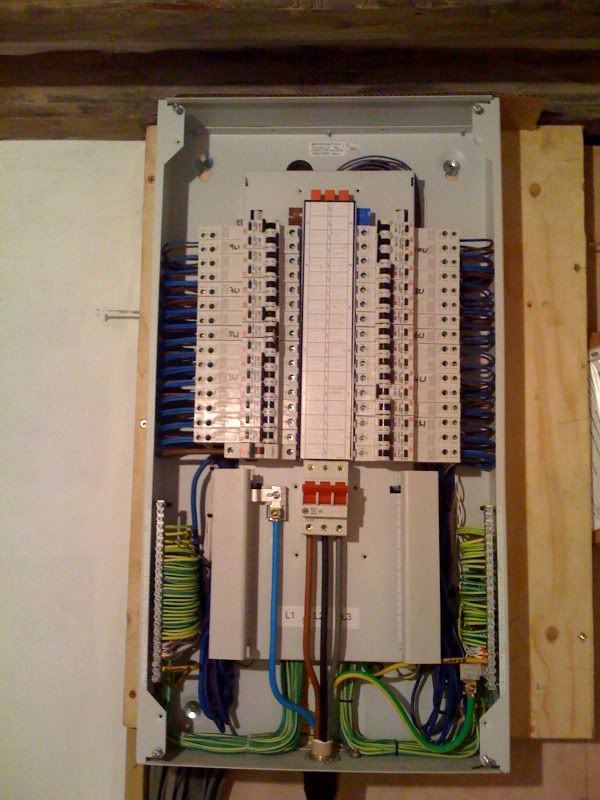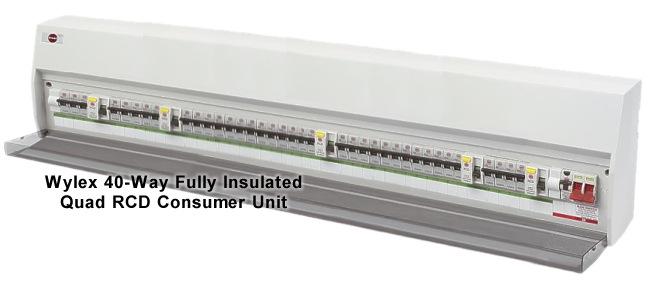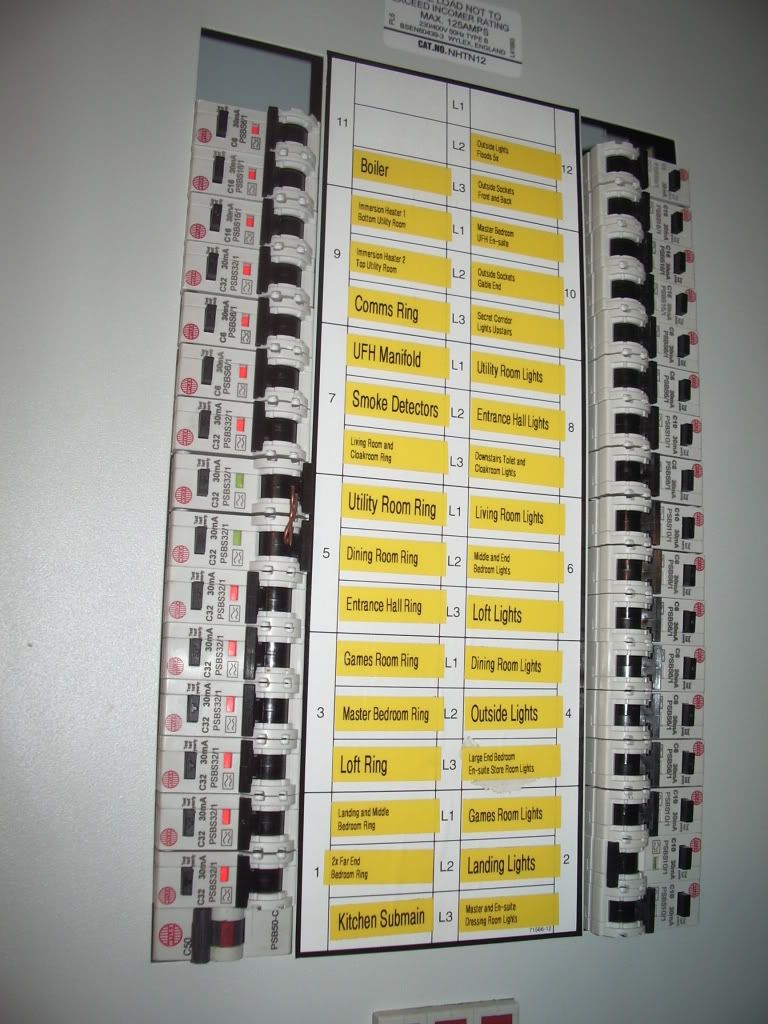Can you connect 2 consumer units together, to accommodate the 24 circuits (due to several extensions over the years) running around my house. I have been told the existing unit is overloaded (space wise, some MCB's are doubled up)
I do not have the space (height wise) to fit a twin unit, so want to connect a 16 way unit to say a 14 way unit! Can this be done directy from the existing CU (how is this wired?)or do I have to have new 'tails' run from the meter?
I do not have the space (height wise) to fit a twin unit, so want to connect a 16 way unit to say a 14 way unit! Can this be done directy from the existing CU (how is this wired?)or do I have to have new 'tails' run from the meter?





